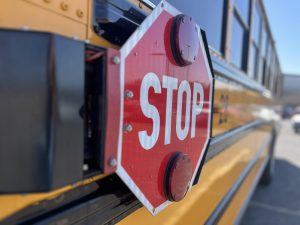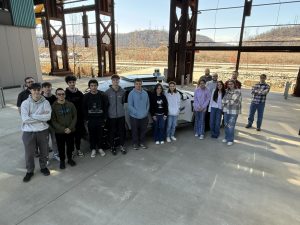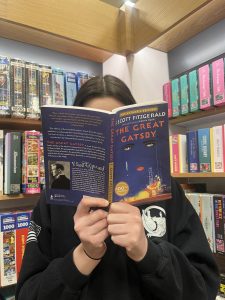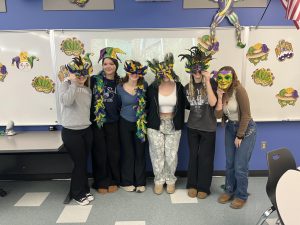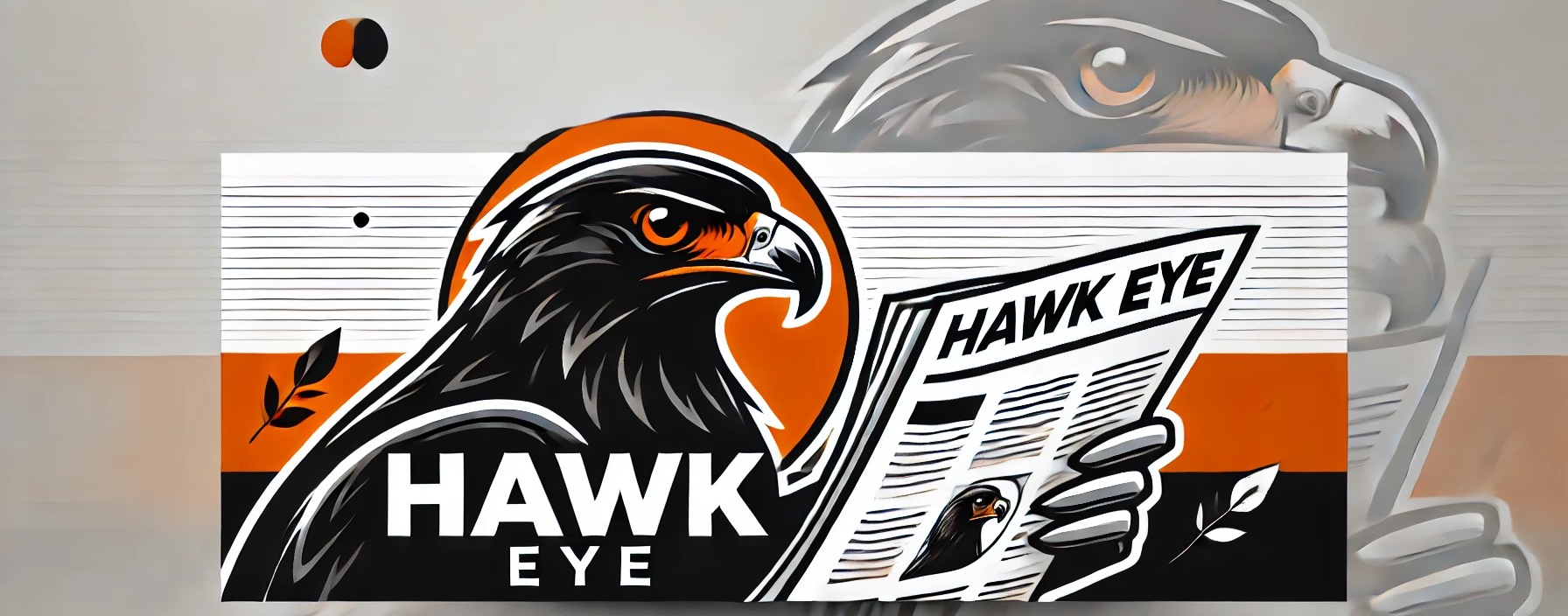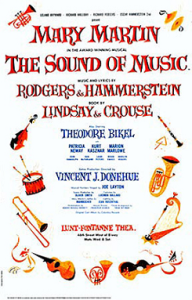The life of a virtual musician
BPHS has a renowned music department, but does that hold up over the screen? Absolutely!
October 22, 2020
Now that we are well into the hybrid phase, let’s take a look at what our music students were doing during the remote phase.
From orchestra to chorus to band, music students spent their time stuck at home furthering their music careers in an admirable effort. Of course, there were struggles as all classes have been having. From video lag to connectivity issues to choir teacher Mr. Kuczawa getting kicked out of his own WebEx, we have all persevered through these trying times.
The average music student’s day started off like most other students’ with their regular classes. Then, instead of traveling down the long hallway of the music wing, students joined the WebEx for their respective classes. Before entering, students pulled up any sheet music that they needed for class.
The next task was to warm up. I always look forward to choir warm-ups and can hardly remember life without stretching early in the morning and massaging out all of the kinks in my shoulders.
For classes with physical instruments, warming up entails tuning your instrument to the sound of your teacher’s playing. This can be a struggle depending on the strength of your connectivity.
One of the hardest tasks for students to tackle was staying within the beat of the music. Streaming classes can be choppy and slow, which makes it difficult for teachers to work with their students on their pieces. Staying in beat is one of the most important parts of being a musician, so this definitely makes things overall more difficult.
Possibly one of the most difficult parts of distance learning music was not being able to hear each other sing. The beauty of music is that you’re making it with others. It can feel quite depressing to play by yourself and not be able to hear the other parts of the music that make it such an enjoyable experience.
Moreover, not being able to hear their students play is a huge drawback for teachers. It makes it much more difficult for teachers to score and grade their students if they can’t hear how they are doing.
BPHS choir teacher Mr. Kuczawa says it best when he explains: “While we can sing individually from home, students can’t hear and support each other musically, and I can’t hear them until they record themselves, again, individually. A big part of what we teach is making music with others, and we can’t do that right now. We can do it individually, but it’s different.”
To remedy this, most teachers had students record playing tests of themselves for assignments. While these tests are tremendously helpful since teachers can hear their students, nothing matches playing in person. Moreover, tests take time for instructors to listen to and grade.
No one understands this struggle better than BPHS orchestra instructor, Mrs. Stephanie Glover. “Without hearing students in real-time, it is more difficult and time-consuming to offer feedback through playing tests submitted as assignments/homework rather than during class,” she said.
If the fact that BPHS teachers have been able to persevere through all of this to help us create beautiful music isn’t enough proof of how hard-working they’ve been, just take a look at all the other things they’ve done to help us. For example, Mrs. Glover took time out of her busy schedule to hold a drive-by tuning session for students with string instruments that needed help getting tuned!
We may not know what our music classes will look like in the future, but we can rest assured that our music education is in great hands.



